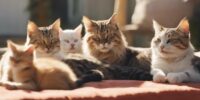Why Do Maine Coons Grow So Large? Understanding Genetics
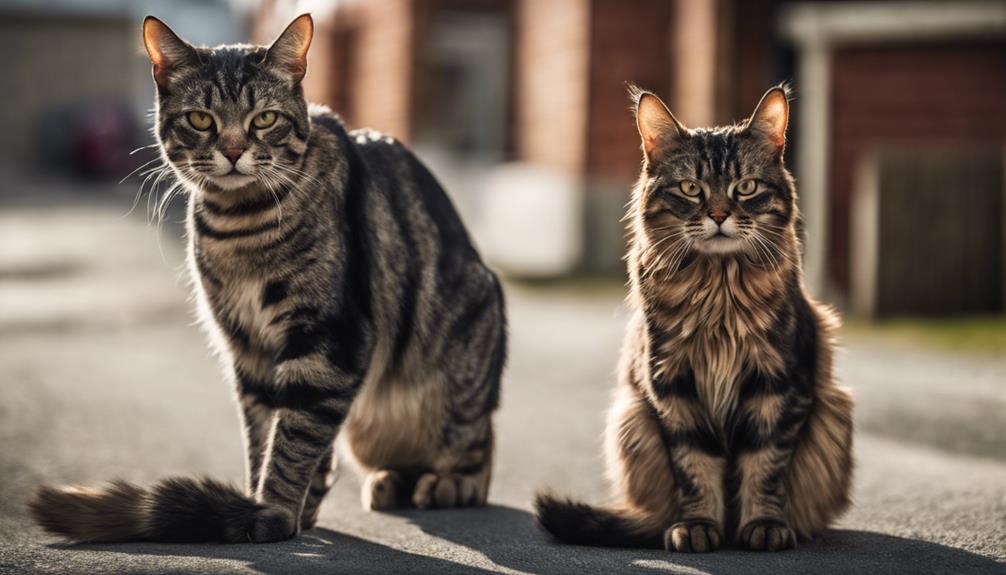
Maine Coons grow so large due to a complex interplay of genetic factors that govern their impressive size.
Understanding the genetics behind this trait unveils a fascinating journey through the mechanisms shaping these magnificent felines.
Genetic Basis for Maine Coon Size
Maine Coons achieve their notable size through a combination of specific genetic markers and mutations that directly impact their physical dimensions. The Pkd1 gene, known for its role in kidney development, also influences the growth of Maine Coon cats. Mutations in the Pkd1 gene have been linked to larger body sizes in these felines.
Additionally, the Mc1r gene, responsible for coat color in cats, plays a significant role in determining the size of Maine Coons. Breeders have capitalized on these genetic factors through selective breeding, choosing larger cats to perpetuate size genes within the Maine Coon population. This meticulous breeding approach has led to the genetic makeup of Maine Coons contributing to their larger-than-average size within the feline world.
Understanding the intricate interplay of genetics, mutations, and selective breeding is crucial in comprehending why Maine Coons stand out for their impressive size in the realm of domestic cats.
Inheritance Patterns of Maine Coon Growth
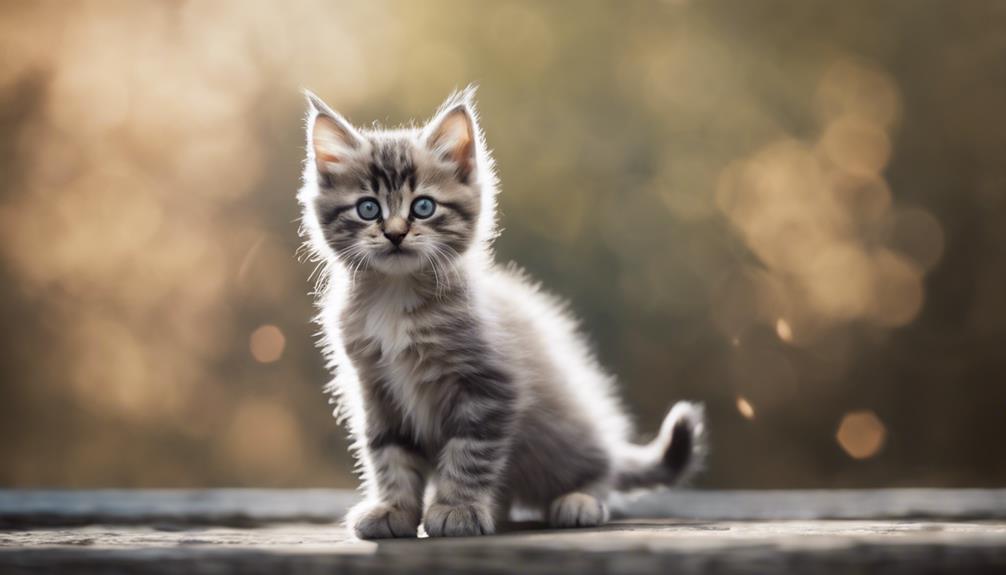
The genetic underpinnings of Maine Coon growth reveal intricate inheritance patterns that govern the development of their impressive size. Maine Coon growth is intricately linked to specific genetic markers and inheritance patterns. Inheritance of large size in Maine Coons involves complex genetic mechanisms that are influenced by genes like Pkd1 and Mc1r.
Mutations in the Pkd1 gene, in particular, have been associated with larger body size in Maine Coons. Breeders play a significant role in shaping the size of Maine Coons through selective breeding practices that aim to perpetuate genes for larger body size.
Understanding the inheritance patterns of Maine Coon growth is crucial for comprehending how these majestic cats attain their remarkable size. By delving into the genetic markers, such as the Pkd1 and Mc1r genes, that underpin the larger body size of Maine Coons, researchers can unravel the complexities of the inheritance patterns at play.
Through meticulous breeding strategies and a keen awareness of the genetic factors influencing Maine Coon growth, breeders can work towards maintaining and enhancing the desirable traits that characterize this beloved breed.
Role of Genetic Mutations in Size
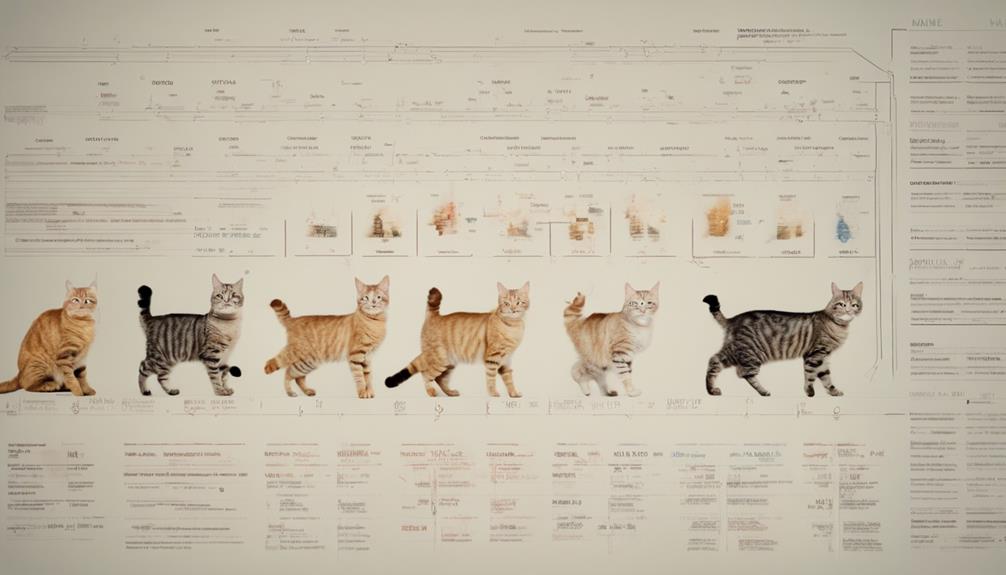
Genetic mutations, particularly those affecting the Pkd1 gene, significantly impact the size potential of Maine Coon cats. These mutations play a crucial role in determining the large size of this breed.
Understanding the genetic basis behind this phenomenon is essential for breeders and researchers alike. Here are some key points to consider:
- Mutations in the Pkd1 gene have been linked to the increased body size observed in Maine Coon cats.
- Breeders selectively choose Maine Coons with specific genetic mutations to perpetuate the trait of large size in subsequent generations.
- The presence of certain genetic mutations can significantly influence the size potential of Maine Coon cats.
- Exploring the role of genetic mutations provides valuable insights into why Maine Coons exhibit such impressive sizes.
Impact of Selective Breeding on Size
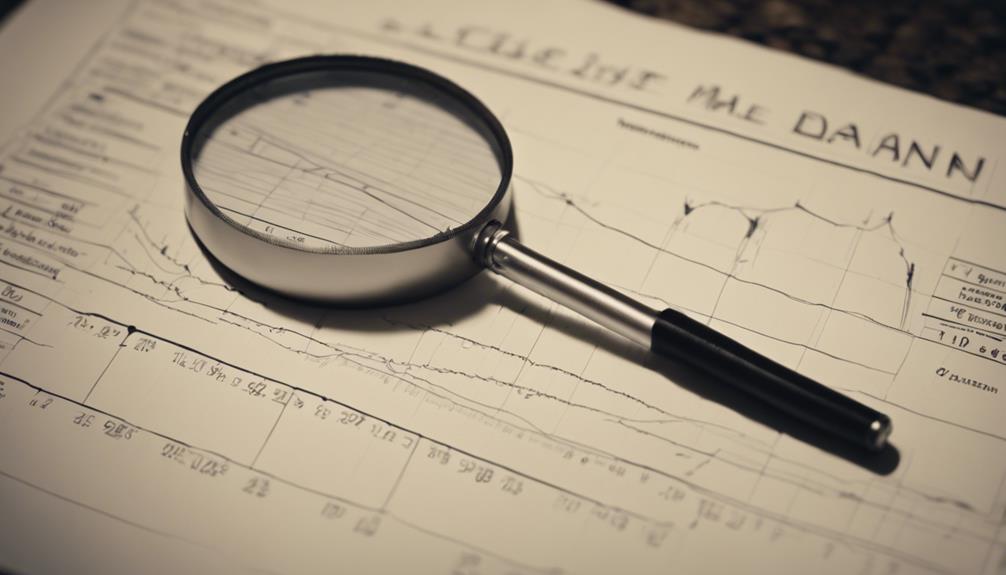
Selective breeding practices in Maine Coon cats play a significant role in shaping the breed's size characteristics, particularly by focusing on enhancing specific physical traits. Breeders target larger cats for breeding to perpetuate genes responsible for size, sometimes leading to Maine Coons exceeding standard size limits set for show standards through cross-breeding. However, ethical concerns have been raised regarding selective breeding practices aimed at increasing Maine Coons' size, especially when it compromises the well-being of the cats. Neutering is recommended for Maine Coons that surpass show size standards to prevent the perpetuation of excessively large sizes and to maintain the breed's integrity.
| Aspect | Impact |
|---|---|
| Size | Selective breeding targets larger cats to perpetuate genes for size. |
| Show Standards | Cross-breeding can result in Maine Coons exceeding standard sizes. |
| Ethical Concerns | Concerns arise about practices aimed at increasing Maine Coons' size. |
Interplay of Genes in Maine Coon Size
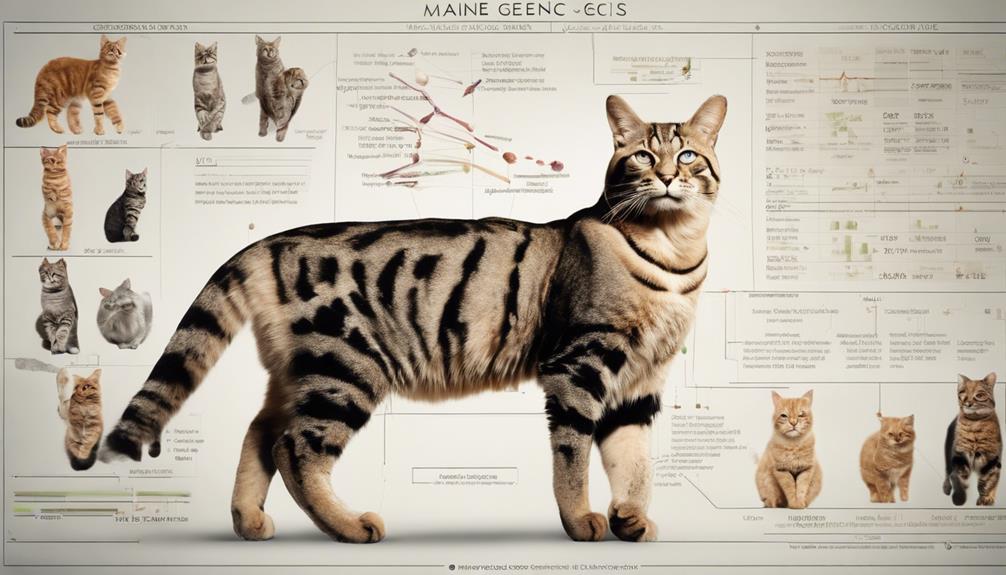
The intricate interplay of genes in Maine Coon cats determines their exceptional size. Genetic factors, such as mutations in specific genes like Pkd1, significantly contribute to the large stature of Maine Coons.
Understanding how these genetic markers interact with environmental influences sheds light on the remarkable growth of this breed.
Genetic Factors in Size
Influencing Maine Coon size, specific genetic markers such as Pkd1 and Mc1r genes play a crucial role in determining the impressive stature of these cats. Mutations in the Pkd1 gene can contribute to larger body size in Maine Coons, a trait that breeders selectively perpetuate by choosing larger cats for breeding.
The interplay of genes like Pkd1 and Mc1r is a significant factor in the genetic makeup of Maine Coons, contributing to their remarkable size. These genetic markers, identified through research, provide insights into the complex genetic mechanisms underlying the impressive size of Maine Coon cats.
- Mutations in Pkd1 gene influence body size
- Breeders select larger cats for perpetuating size genes
- Complex interplay of genes like Pkd1 and Mc1r
- Genetic markers offer insights into Maine Coon size
Environment Influence on Growth
In the context of Maine Coon size, the interaction between genetic factors and environmental influences plays a crucial role in shaping the growth and development of these cats. The interplay of genetics and environmental influences is evident in the activity levels, shelter type, and access to outdoor space provided to Maine Coons. Genetics play a large role in determining the potential size of these cats, but environmental factors such as proper nutrition and care, including a healthy diet and tailored nutrition, can enhance this genetic predisposition. By ensuring appropriate care and living conditions, Maine Coon owners can support the genetic propensity for large size and maximize the growth potential of these majestic felines.
| Environmental Influences | Activity Levels | Shelter Type |
|---|---|---|
| Access to outdoor space | High | Indoor with space |
Genetic Factors Influencing Growth

Genetic markers Pkd1 and Mc1r play a significant role in determining the growth patterns of Maine Coon cats. The Pkd1 gene, when mutated, can result in larger body sizes in Maine Coons. Breeders utilize selective breeding practices by choosing larger cats to perpetuate genes influencing size.
Maine Coons exhibit above-average sizes due to specific genetic factors. Selective breeding practices have further amplified the genetic predisposition for large size in Maine Coons. These genetic factors interact in complex ways to influence the growth of Maine Coon cats.
The interplay between Pkd1 and Mc1r genes, along with selective breeding practices, contributes significantly to the large size characteristic of Maine Coons. Understanding these genetic markers and selective breeding practices is essential in comprehending the unique growth patterns exhibited by Maine Coon cats.
Understanding Genetics of Maine Coon Size

The substantial size distinctive to Maine Coon cats is intricately linked to specific genetic markers and mutations that underscore their remarkable growth patterns. Maine Coons owe their large size primarily to their genetic makeup, where selective breeding practices have further amplified their genetic predisposition for size.
Specific gene mutations play a crucial role in differentiating Maine Coons from other breeds and contribute significantly to their larger frames. Understanding the genetic factors responsible for Maine Coons' size offers valuable insights into their development and characteristics.
Frequently Asked Questions
Why Do Some Maine Coons Get so Big?
Some Maine Coons get big due to a combination of factors like food intake, growth hormones, breeding practices, exercise levels, environmental influences, health conditions, and parent genetics. Understanding these aspects helps manage their nutritional needs and aging process.
What Are the Genetic Issues With Maine Coons?
Maine Coons may face health concerns due to genetic mutations affecting their size, influencing growth patterns and breeding practices. Genetic testing can identify size variations, guiding nutrition requirements and selection for muscle development. Hormonal influences, coat characteristics, and environmental factors also play roles.
Where Did Maine Coon Genetics Come From?
Maine Coon genetics trace back to Norwegian or Siberian forest cat ancestors. Their adaptation to harsh winters favored larger sizes. Natural selection played a role. Genetic makeup influences their impressive size, making them one of the largest domestic cat breeds.
What Is the Intelligence of a Maine Coon Cat?
Maine Coon cats are intelligent beings, displaying playful antics, problem-solving skills, and curiosity in their exploration. They are quick learners, affectionate companions, independent thinkers, and socially adept, making them loyal friends, cuddly buddies, and clever hunters.



